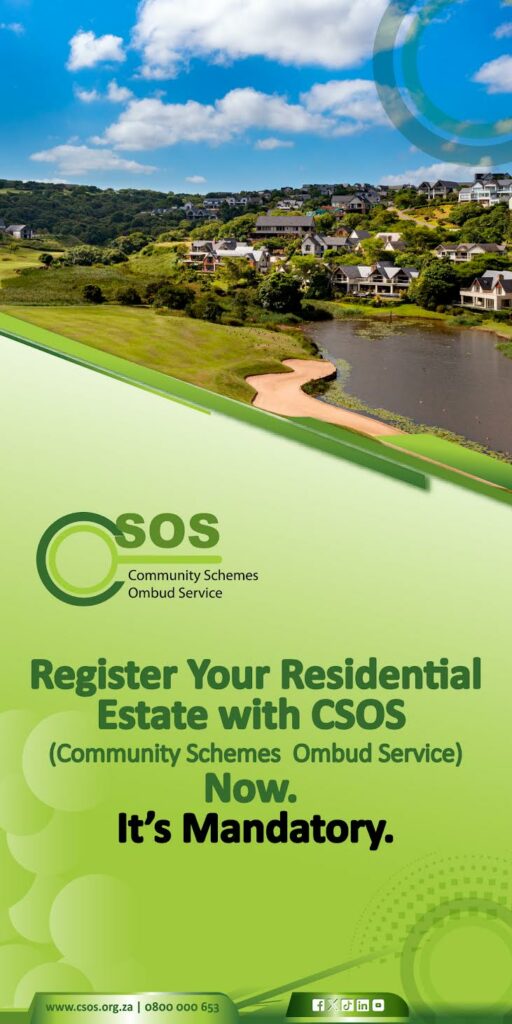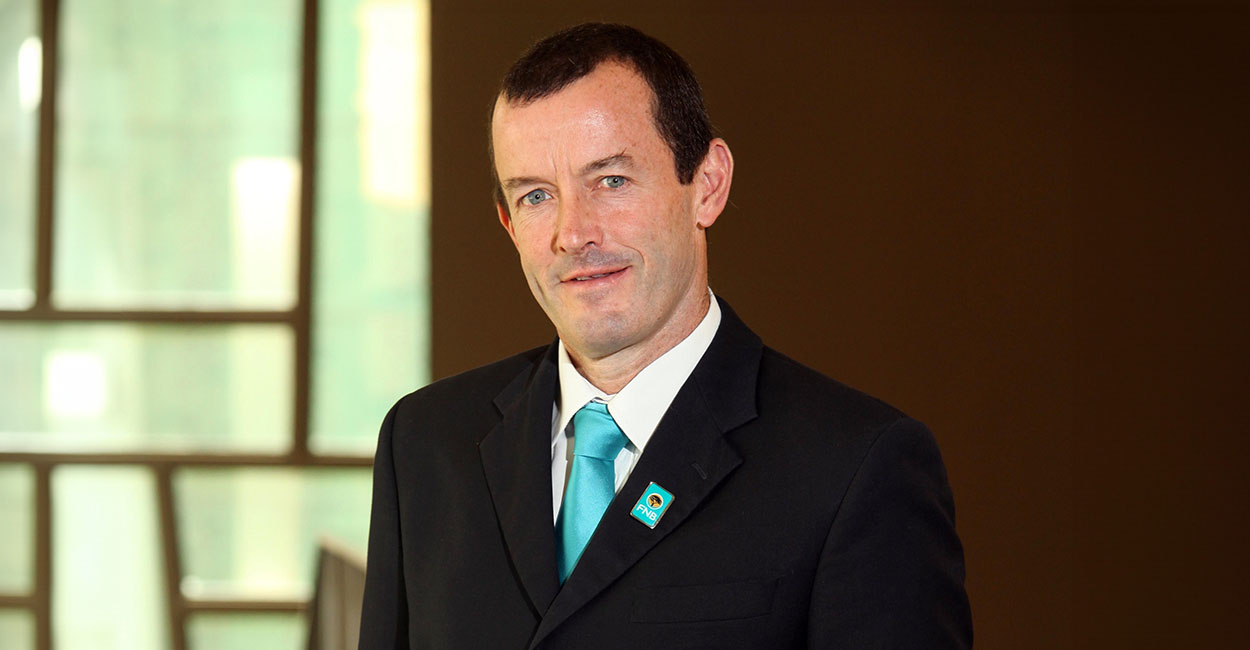MAIN IMAGE: Justine Adriaanzen, commercial real estate consultant for Galetti Corporate Real Estate
Staff writer
The renewed interest in the country’s major CBDs from a younger demographic will have a positive knock-on effect on the economy and property market at large.
Gen Zs aged between 20 and 35 have moved in to take the place of some working professionals who took advantage of flexible work-from-home policies during and just after the Covid-19 pandemic and who fled the city for smaller towns, millennials are now revitalising the central business districts (CBDs).
This demographic group now offers new opportunities to property practitioners as it offers various selling and rental options within the CBDs of the different cities.
“This age group typically has more disposable income and therefore greater spending power, and they are choosing to inject that cash into the inner-city,” says Justine Adriaanzen, commercial real estate consultant for Galetti Corporate Real Estate.
Positive effect
“Property developers are capitalising on this new market by converting old and/ or abandoned buildings into trendy mixed-use developments,” she adds.
“More local businesses, such as clothing boutiques, homeware stores, artisanal retailers, upmarket bars, and restaurants, are now opening to cater to these residents and office tenants. Renewed investment and activity have also motivated city officials to ramp up crime prevention to revitalise key CBDs.”
Cape Town’s CBD is most in demand due to the combined support of wealthy, young millennials, and the Central City Improvement District (CCID), a taskforce established in 2000 to provide essential top-up safety and cleaning services in the city centre.
Two decades of dedicated improvements have paid off as the valuation of property in the CBD now stands at more than R44bn – up from just R6bn in 2000.
“New developments are specifically designed to appeal to millennials and Gen Zs. These are set to see increased demand as semigration continues to gain traction,” says Adriaanzen.
These developments and refurbishments combine residential and commercial space with the future of co-working and co-living in mind. Residents can eat, shop, play, live and work all without leaving their thoughtfully designed and modern mixed-use building.
Johannesburg CBD
Johannesburg has struggled to reclaim its former glory in recent years as the pandemic and max exodus of offices only exacerbated pre-existing issues of high crime rates, poor service delivery and dilapidated buildings. However, Adriaanzen is still cautiously optimistic about the potential for millennials to revitalise the area.
“Some Johannesburg CBD neighbourhoods have established themselves as a haven for creatives and movers-and-shakers with popular food and craft markets and art galleries. The success of some apartment buildings in these areas, indicate that there are still opportunities for investors to lure young South Africans back to the inner city.”
Johannesburg CBD recently received a cash injection from eight of the country’s biggest private investors, including Absa, Standard Bank, FNB, Atterbury and Olitzki Property Holdings. These business giants are upgrading retail inner-city districts by paying for security, cleaning, and maintenance in the area.
“From our own experience in selling commercial property in the CBD and surrounding neighbourhoods we have noted high levels of confidence from both investors and prospective tenants regarding the development potential of these once-neglected areas,” Adriaanzen adds.
Why the move
Much of what makes the CBD attractive to the younger demographic is the fast-paced and creative lifestyle it offers.
“Savvy property developers are noticing the demand and are fulfilling this age groups’ desire to move to the CBD,” says Adriaanzen.
She shares the key factors influencing millennial’s choices to move to the inner city:
Proximity to offices: The easing threat of Covid-19 has many offices reopening and young employees are looking to be close to work and avoid the long commute.
Public transport: With parking at a premium in the city and the petrol price increasing, many are choosing to ditch their cars and take advantage of bus routes and trains to get around.
Trendy restaurants and bars: Young people are looking to be close to the action of the city and to patronise popular restaurants and coffee shops.
On-site lifestyle amenities: “Millennials and Gen Zs prioritise convenience and lifestyle in their living space, and developments with gyms, co-working facilities and even retail stores on-site are in high demand.
Modern design: “Fast Wi-Fi, city views, smart TVs and sleek finishes in apartments have proven to be popular with this age group as they are even willing to choose these features over greater square footage.
Noise prevention and safety: An inevitable feature of inner-city living is street noise, so developers are encouraged to implement noise-blocking features such as double-glazed windows in their units. Another huge consideration in these areas is safety and a 24-hour security guard, biometric access and CCTV cameras are security measures that most millennials will be unwilling to compromise on.








